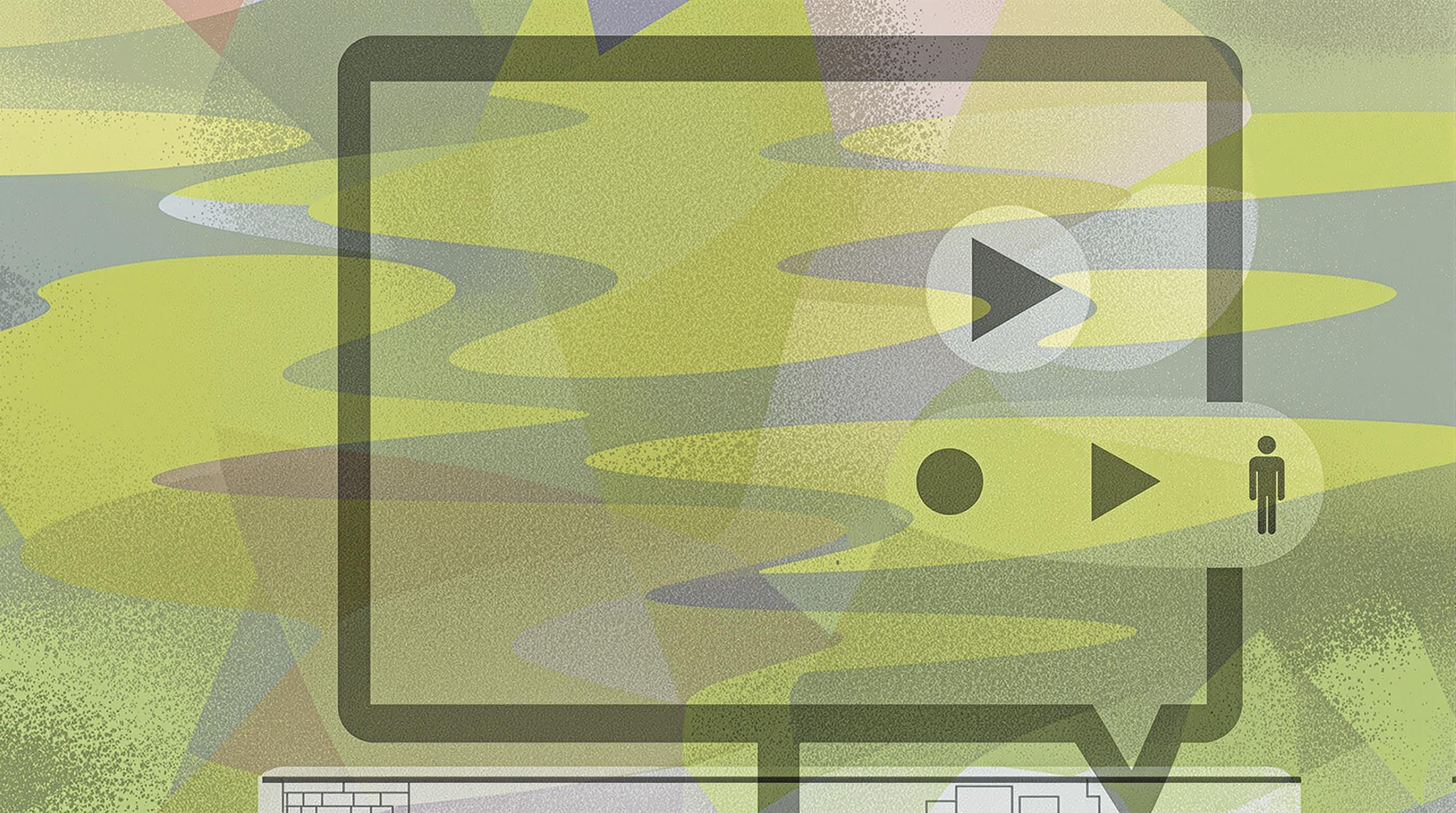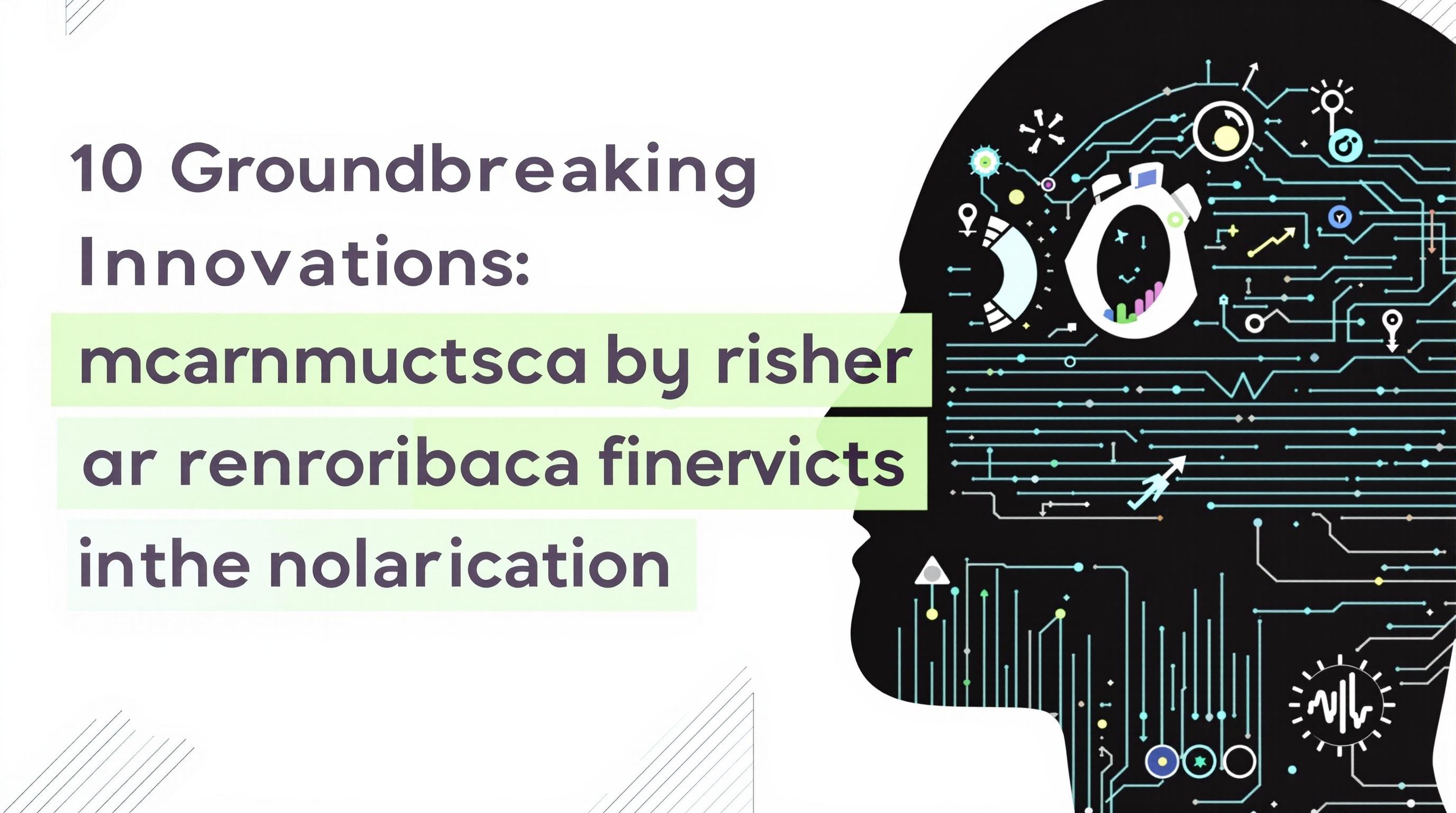Related Articles
- Uncharted Frequencies: The Surprising Role of Subcultures in Shaping Global Digital Landscapes
- Wired Whims: The Unexpected Role of Niche Online Communities in Shaping Global Digital Trends
- Fragmented Signals: Exploring the Shadows of Digital Divide in Emerging Economies and Its Impact on Global Unity
- Decoding the Invisible: How Microbial Communication Could Revolutionize Digital Interactions
- Cryptic Channels: How Encrypted Messaging Platforms Are Reshaping Trust and Transparency in Online Interactions
- Mysterious Modes: The Rise of Cryptographic Channels in Secret Online Dialogues and Their Hidden Impacts
Conversations Beyond Words: The Impact of Soundscapes on Digital Engagement and Community Building
Conversations Beyond Words: The Impact of Soundscapes on Digital Engagement and Community Building
Soundscapes are more than mere background music; they are powerful tools that enhance digital engagement and foster community connections. By understanding the profound impact of auditory experiences, brands and communities can create vibrant digital environments that resonate with users.
What Are Soundscapes?
There’s something magical about sound. Imagine walking through a lively marketplace filled with the sounds of vendors calling out, the rustle of paper, and the chatter of excited customers. In the digital world, soundscapes serve a similar purpose. Defined as the combination of ambient sounds that surround us in a given environment, soundscapes include everything from soothing natural sounds to lively music. Soundscapes create an auditory ecosystem that influences how we feel and engage with one another.
Why Sound Matters
According to a study by the Journal of the Acoustical Society of America, ambient sound can significantly influence behavior, mood, and cognitive performance. For instance, a lively water cooler vibe in an office can enhance creativity and collaboration, whereas a quiet library atmosphere promotes focus and concentration. Similarly, in the digital space, the right soundscapes can drastically improve user experience and community engagement.
Building Virtual Communities with Sound
Let’s set the scene. In a virtual community, such as an online game or social media platform, members thrive on interaction and shared experiences. Integrating soundscapes into these platforms enhances interaction, fostering a sense of belonging among users. The phenomenon of “social presence” is heightened through sound. A case in point: the game “Animal Crossing: New Horizons” developed by Nintendo. The gentle music and natural sound effects create an inviting atmosphere for players, resulting in a community that feels alive and interconnected.
Statistics that Speak Volumes
According to a survey conducted by Deloitte, around 60% of respondents stated that they are more likely to engage with a brand that incorporates music into its marketing strategy. This is a staggering number, showcasing the impact of auditory elements on customer engagement. Moreover, the same survey indicated that nearly 70% of users felt more connected to their online communities when soundscapes were utilized effectively.
Sound isn’t just an accessory; it’s a critical element in creating engaging digital spaces.
Cultivating Engagement Through Familiarity
Soundscapes evoke emotions and memories. When brands use sounds that resonate with their target audience—for instance, nostalgic jingles or local street sounds—they tap into a deeper realm of engagement. Consider how Coca-Cola has masterfully incorporated seasonal sounds into their advertisements. The iconic “Holidays are Coming” truck jingle not only stirs modern audiences but also invokes nostalgia for those who grew up with it.
By using familiar soundscapes, brands can create emotional ties, enhancing user loyalty and engagement.
The Science Behind Sound Engagement
One fascinating insight from the field of neuroscience illustrates that our brains respond to sound much like they respond to visual stimuli. In fact, research from the University of Illinois found that the human brain can process sound waves up to 6 times faster than visual information. This indicates that incorporating sound in digital spaces can stimulate quicker emotional responses and enhance overall engagement. As audiences grow accustomed to the rapid pace of modern life, brands that leverage the immediacy of sound will captivate their audience effectively.
Case Study: Headspace
Headspace, a popular meditation app, is a perfect example of how soundscapes can transform user experience. The app incorporates calming music, nature sounds, and guided meditations to create a soothing auditory environment. In interviews, users have cited the app’s soundscapes as a critical factor for their continued engagement, citing that it helps them relax and focus. In 2021, Headspace reported a user retention rate of over 70% among users who frequently engaged with its soundscapes, a stark contrast to the industry average of around 50%.
The Fun Element: Sound and Humor
Who said soundscapes can’t be fun? Ever watch a YouTube video where the creator adds sound effects—like “wah wah wah” after a failed joke? These auditory cues enhance comedy and make the viewing experience more immersive. Platforms like TikTok thrive on this concept, where sound clips and background music can turn ordinary videos into viral content, fostering a sense of community through shared laughter and relatable experiences. Users become part of the same joke or narrative, contributing to a collective culture.
Engaging Diverse Audiences
Soundscapes can help brands reach various demographic groups through cultural resonance. For instance, incorporating local music styles or traditional instruments can make global brands feel more relatable to specific audiences. For example, Spotify has successfully implemented this strategy by curating playlists that reflect regional sounds and themes, engaging users from different cultural backgrounds. By embracing cultural soundscapes, brands can build stronger connections with diverse audiences, enhancing user engagement.
The Role of Technology
As technology evolves, so does our ability to create complex soundscapes. Virtual reality platforms, such as Oculus and HTC Vive, use highly immersive sound environments that complement visual experiences, enhancing the overall engagement in gaming and social interactions. As of 2023, a report by Statista projected that the global virtual reality market would reach $57.55 billion by 2027. The statistics signify not just a technological revolution but a transformation in how we experience community and engagement digitally. Brands that embrace these auditory advancements will stand out amidst the sea of digital noise.
The Future of Soundscapes
As we forge ahead into an increasingly connected digital landscape, the role of soundscapes will become ever more crucial. Platforms that harness the power of sound can differentiate themselves and enhance user experience in a crowded marketplace. Moreover, as virtual and augmented reality continue to expand, the integration of engaging soundscapes will be pivotal in creating realistic and immersive interactions.
Conclusion: Listen Up!
In closing, the impact of soundscapes on digital engagement and community building cannot be overstated. As they bridge emotional connections and enhance user experiences, soundscapes will continue to play a vital role in defining how we interact in the digital world. Brands and communities must embrace this sonic evolution and recognize that conversations extend beyond words—they resonate in every note, rhythm, and sound.
Getting Started: Practical Tips for Implementation
Considering diving into the world of soundscapes for your digital community? Here are a few practical tips:
1. **Know Your Audience**: Conduct surveys to understand the auditory preferences of your community.
2. **Choose Quality Sounds**: Invest in high-quality sound recordings that capture the essence of the environment you wish to create.
3. **Use Sound Responsibly**: Avoid overwhelming your audience; ensure soundscapes complement rather than dominate the experience.
4. **Test and Adapt**: Monitor user engagement and feedback. Soundscapes shouldn’t be static; they should evolve based on audience response.
Remember, sound is not just a plugin; it’s a critical component that could amplify your digital presence and foster a vibrant community!





